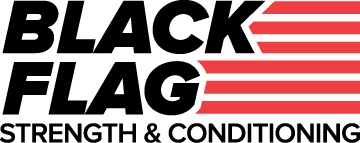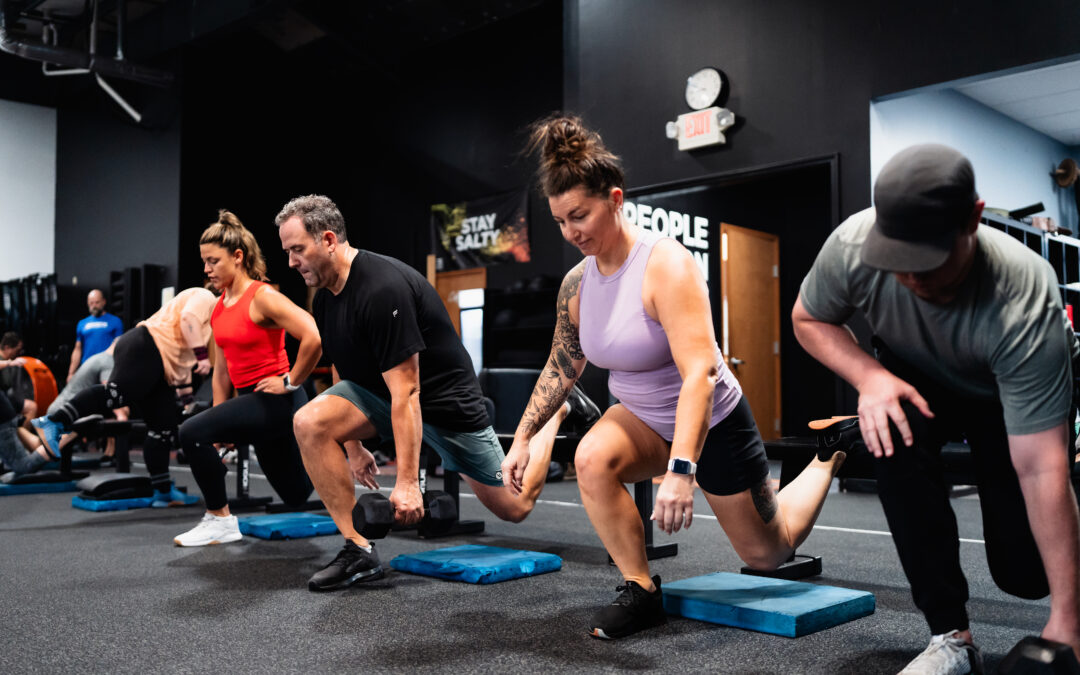In strength training, most of us default to the classics—squats, deadlifts, bench press—big bilateral lifts that hit multiple muscle groups and move serious weight. And for good reason: they’re incredibly effective for developing overall strength. But if your goal is to build balanced, resilient, more powerful and better functioning humans, it’s time to take unilateral training seriously.
Training one limb at a time—what we call unilateral training—isn’t just about fixing imbalances or adding some novelty to your programming. It can directly improve bilateral strength through several well-researched mechanisms. Let’s break it down.
Unilateral training—where one limb works independently—often doesn’t get the spotlight it deserves. But beneath the surface of traditional strength programs lies a powerful and often underutilized tool that not only builds strength on each side of the body but also enhances bilateral performance in surprising ways.
One of the more fascinating benefits of unilateral work is something called cross-education. When you train one side of your body, the untrained side also gets stronger. This neurological crossover effect is particularly valuable for athletes rehabbing an injury or dealing with side-to-side discrepancies. It means you don’t have to pause your progress when one limb is out of commission. Even if one side is in a cast, you can maintain strength by continuing single-limb lifts on the healthy side. Here’s one of many studies supporting that claim, showing that unilateral strength training of the unaffected limb can preserve strength in the immobilized one.
Another key concept is the bilateral deficit. This refers to the phenomenon where the total force each limb produces individually is greater than the force generated when both work together. Unilateral training can help reduce this deficit, teaching the nervous system to fire more efficiently and improving total force output when returning to bilateral lifts. This study outlines how the nervous system adapts differently during unilateral vs. bilateral movements, affecting total output and coordination.
Beyond strength, unilateral movements require much more from your body’s stabilizers and coordination systems. They challenge your core, balance, and spatial awareness—improving how your entire body functions. This enhanced neuromuscular control pays off not only during single-limb work but also during complex bilateral lifts, making you more efficient across the board. Neuromuscular adaptations to unilateral vs. bilateral training are discussed here, confirming benefits in motor control, stability, and functional transfer.
And the benefits don’t stop there. If you’re trying to sprint faster, jump higher, or cut sharper, unilateral training might be your secret weapon. Research consistently supports its effectiveness over bilateral training for building single-leg explosive power. A 2021 meta-analysis found unilateral resistance training produced significantly greater improvements in single-leg jump performance than bilateral approaches.
Additionally, these exercises help build balance and postural stability. Movements like single-leg RDLs or Bulgarian split squats force your body to stabilize under load, developing strength from the ground up and translating to better performance in sport, training and life.
Muscle imbalances, poor joint control, and asymmetrical strength are common culprits behind injuries. Unilateral training helps expose and correct these issues early. In short, it builds durable, resilient athletes—not just strong ones. This studyhighlights how unilateral deficits are tied to injury risk, especially in sports requiring repetitive single-leg movements.
That said, this isn’t about choosing sides. Unilateral and bilateral training aren’t in opposition—they complement each other. Maximal strength still belongs to the big bilateral lifts. If your goal is to build a bigger squat or deadlift, you still need to load up both legs and move some weight. But the balance between the two should reflect your training goals. Athletes in sports requiring agility, sprinting, or quick directional changes will benefit more from unilateral emphasis, while strength athletes might skew more heavily toward bilateral loads.
Exercise selection matters, too. Step-ups, split squats, single-arm landmine presses, and single-leg RDLs are foundational unilateral movements we try to implement consistently throughout our training at Black Flag Strength & Conditioning—but how you apply them matters just as much. Pay attention to tempo, load, and overall volume to ensure you’re getting the most out of your programming.
Research continues to back up these concepts. A systematic review and meta-analysis found that unilateral resistance training significantly improved single-leg jump performance, while bilateral training showed only a small edge in improving bilateral strength. A flywheel training study comparing unilateral and bilateral formats found improvements in strength, speed, and agility across both groups—though bilateral training slightly edged out for change-of-direction skills. And this study tracking liver enzyme response found both training styles produced similar levels of physiological stress, suggesting they pose equal recovery demands.
So while it’s tempting to stick with the classic barbell lifts alone, adding—or emphasizing—unilateral training could be the missing piece in unlocking a stronger, more balanced, and injury-resistant human!
Yours In Fitness,
CSCS | CFL3 | Fitness Specialist | Biomechanics Specialist | USAWL1
“Take care of your body. It’s the only place you have to live.”
Owner/Head Coach – Black Flag Strength & Conditioning

